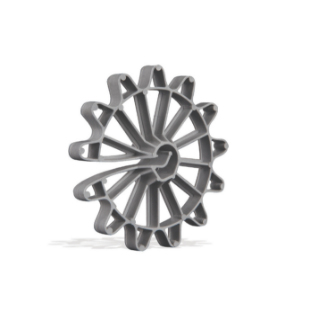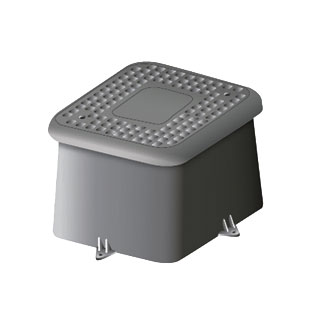What is steel fibre reinforced concrete?
Steel fibre reinforced concrete is a castable or sprayable concrete with steel fibres randomly dispersed throughout the matrix. Steel fibre reinforced concrete greatly increasing the strength of the composite, depending on the proportion of fibres added and the mix design.
What is the purpose of steel fibres in concrete?
Steel fibres are used primarily to control cracking. Steel fibre reinforced concrete exhibits higher post-crack flexural strength, better crack resistance, improved fatigue strength, higher resistance to spalling, and higher first crack strength, Steel fibres tend to gravitate towards areas where cracks originate, while conventional reinforcement allows the cracks to grow until they reach the reinforcement.
Can steel fibre reinforced concrete replace rod and rebar?
Typical areas of application for steel fibre reinforced concrete include ground floor slabs. Unlike conventional reinforcement (which strengthens in one or possibly two directions), steel fibre reinforced concrete strengthens throughout the matrix.
A Steel fibre reinforced beam will sustain a greater load before the first crack occurs. It will also undergo considerably more deflection before the beam breaks apart. The load at which the first crack occurs is called the “first crack strength”. The first crack strength is generally proportional to the amount of fibre in the mix and the concrete mix design.
Can steel fibre reinforced concrete be used with a wire guidance system?
Steel fibre reinforced concrete does not interfere with wire guidance systems.
Unlike conventional reinforcement, no minimum cover is required.
How are steel fibres added to the concrete?
Fibres can be added at the batching plant by loading onto the aggregate conveyor. Product can also be added by gantry or lightweight conveyor directly into the back of the concrete agitator on site.
Do steel fibres “ball up” or clump together when mixing?
Trouble-free mixing depends on the fibre’s aspect ratio – the ratio of length to diameter. If this number exceeds 55, the risk of fibres bunching together increases. Consult our product data sheets for specific mixing methods If the aspect ratio falls below this critical range, fibres can be added directly into the mix at virtually any stage – without balling.
Can steel fibre reinforced concrete be pumped?
Yes, pumping has been used on many projects. The chute from the ready-mix truck should be 300mm above the grate on the hopper of the pump. This will prevent the fibre from bridging the gaps in the grate and ensure a steady flow of concrete to the pump. The grate should never be removed from the hopper.
Will there be fibres on the surface?
The fibres tend to move away from the surface and in pre cast moulds properly vibrated and with the correct mix the fibres are non-existent on the product surface.
Is concrete hard to place and finish when using steel fibres?
No. If you use Conforce steel fibres, and the correct concrete mix, you should expect no unusual difficulties in placing and finishing.
Can steel fibre reinforced concrete be used with Laser Screeds?
Laser Screeds and steel fibres are an ideal combination. The steel fibre reinforcing is included in the concrete mix and does not impede the movement of the Laser Screed. Unlike conventional reinforcement which must be “chaired” in position, decreasing the mobility of the Laser Screed and making it almost impossible to get the mesh in the proper position.
What depth should saw cuts be in steel fibre reinforced concrete floors?
When making saw cuts, make sure there is no spalling associated with the saw cut. If spalling is visible, the installer should wait 20 to 30 minutes and attempt the operation again.






